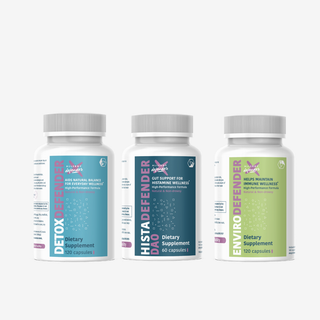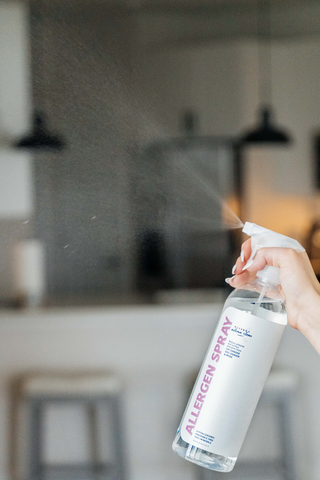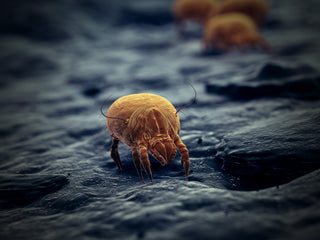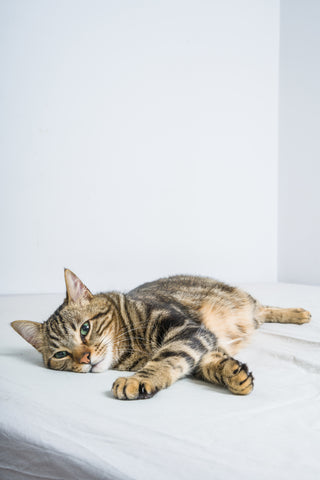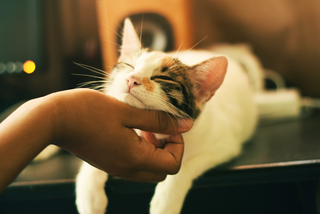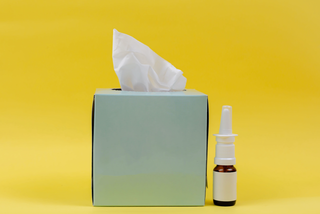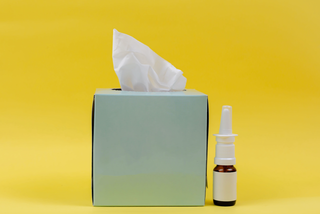How to Get Pet Dander Out of a Couch
Pets bring so much joy and love into our lives, don't they? Unfortunately, they can also leave behind a lot of pet dander, especially on furniture. If you're trying to figure out how to get pet dander out of a couch, don't worry!
Pet dander is often confused with the hair or fur of your pet, but pet dander refers to the tiny flakes of skin that animals shed regularly. Pet dander can remain active for years in its natural environment, sticking to surfaces like couches and easily becoming airborne due to its lightweight nature.
While many people love having cats and dogs, their pet dander can be a source of discomfort, especially for those with allergies. If you or someone in your household is allergic to pet dander, here's a quick guide to understanding the symptoms and how to manage pet dander in your home.
Pet Dander Allergy Symptoms
Allergies to pet dander are common, affecting millions of people worldwide. When exposed to pet dander, the immune system of allergic individuals overreacts, triggering symptoms such as:
1. Sneezing and runny nose: Allergens in pet dander can irritate the nasal passages, leading to excessive sneezing and a runny nose. These symptoms may occur shortly after contact with pets.
2. Itchy or watery eyes: Pet dander can also cause redness, itching, and watery eyes. The allergens present in dander can come into contact with the eyes, leading to these allergic reactions.
3. Coughing and wheezing: In some cases, exposure to pet dander can lead to coughing and wheezing. These symptoms can be particularly bothersome for individuals with asthma or other respiratory conditions.
Here's How to Get Pet Dander Out of a Couch and Other Furniture
Follow These Steps:
1. Vacuum regularly: Use a vacuum cleaner with a HEPA (high-efficiency particulate air) filter, which is essential for effectively trapping and removing pet dander. Start by removing any loose debris or fur from the furniture using a brush attachment. Then, thoroughly vacuum EVERY crevice and cushion of the furniture. Pay extra attention to areas where your pet likes to sit or sleep. Don't hurry this process. Consider having your pet sleep on his bedding and not your couch.
2. Use a lint roller or tape: Grab a lint roller or some wide tape after vacuuming. Roll the lint roller or wrap the tape around your hand, sticky side out, and gently press it onto the furniture's surface. This will help pick up any remaining pet hair that the vacuum might have missed. Repeat this process thoroughly. You could also wear a rubber glove and rub your hand over the upholstery. Its rubber-like material loves to cling to pet hair, and where there's pet hair, there's dander.
3.) Use Allergen Spray: This product is the quickest and easiest way to remove pet dander from the couch. Try this ultra-effective Allergen Spray to render pet dander inactive on your furniture. Just thoroughly spray the couch. No extra steps are needed. And while you're at it, spray Allergen Spray* everywhere in your living room. Pet dander easily transfers throughout your entire house because it easily floats in the air.
4.) Steam clean: Consider steam cleaning once in a while. Hand-held ones can be bought for under 70.00.
5.) A quick note: Spray Allergen Spray on a soft cloth, then dust your tabletops with it, using it just like you would use furniture polish.
If You're Sick and Tired of Trying to Get Pet Dander Out of a Couch
Here are a few other ideas
1. Leather furniture: Leather couches are a popular alternative to upholstered couches and chairs. Unlike fabric, leather does not provide a favorable environment for pet dander to accumulate. It's super easy to clean and can be wiped down regularly to remove any allergens that may be present. It might be expensive, but you'll never have to replace your couch again!
2. Microfiber furniture: Microfiber is a synthetic fabric known for its durability and ease of cleaning stains. It has a tight weave that might help prevent pet hair and, in some cases, pet dander from penetrating the fabric. Microfiber furniture can be easily cleaned with a vacuum cleaner or a damp cloth, making it a low-maintenance option for those with allergies. Talk to an upholstery store for their ideas on microfiber fabrics.
3. Wood or metal furniture: Opting for wooden furniture or even metal can also be a good choice for individuals with allergies or asthma. These materials do not trap pet dander like upholstered furniture, which makes keeping them clean and allergen-free way easier. However, note that wood furniture with intricate carvings or gaps may accumulate some pet dander and require regular cleaning.
4. Washable covers: If you still prefer upholstered furniture, consider using washable covers. These covers can be easily removed and washed regularly to remove pet dander.
Allergen Spray works! It's highly rated, people love it, and it's natural and non-toxic. What's not to love? Buy a bottle today. Allergen Spray


